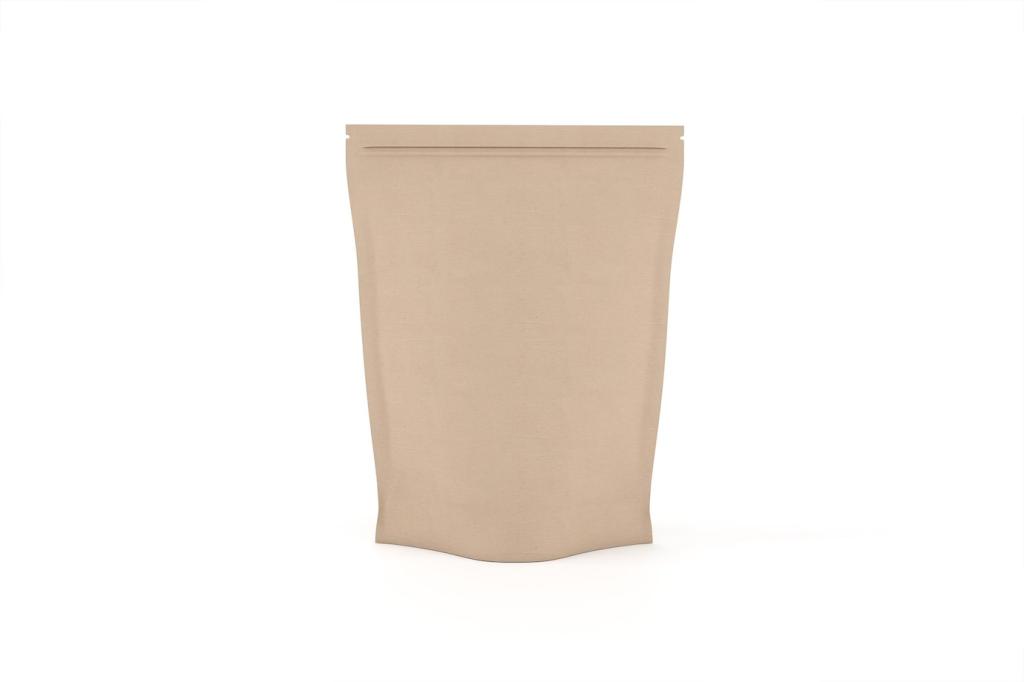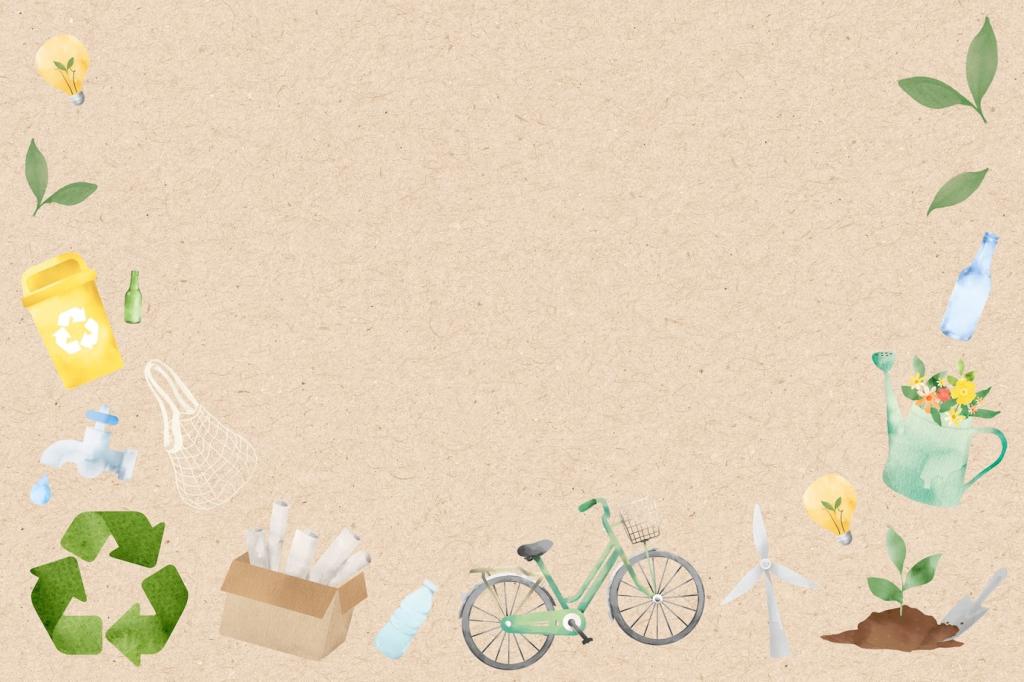This website uses cookies so that we can provide you with the best user experience possible. Cookie information is stored in your browser and performs functions such as recognising you when you return to our website and helping our team to understand which sections of the website you find most interesting and useful.
Innovative Applications of Sustainable Materials in Architecture
The evolving landscape of architecture is being reimagined through the integration of sustainable materials, revolutionizing how buildings interact with their environment, occupants, and broader society. As the construction industry seeks to reduce its substantial environmental impact, innovative materials offer new pathways for ecological responsibility, energy efficiency, and engaging architectural forms. These advancements are more than mere substitutions for traditional resources—they open avenues for inventive design and holistic building lifecycles, seamlessly blending function with sustainability. This exploration delves into the cutting-edge ways architects leverage eco-conscious materials, driving progress toward a more resilient and harmonious urban future.
Biogenic Building Elements
Engineered Timber Innovations


Reclaimed Metal and Glass Facades

Concrete with Recycled Aggregates

Upcycled Plastic Composites
Responsive and Self-Healing Materials
Rammed Earth Construction
Hempcrete as a Carbon-Negative Material
Compressed Stabilized Earth Blocks

Adaptive Reuse and Hybrid Material Strategies


